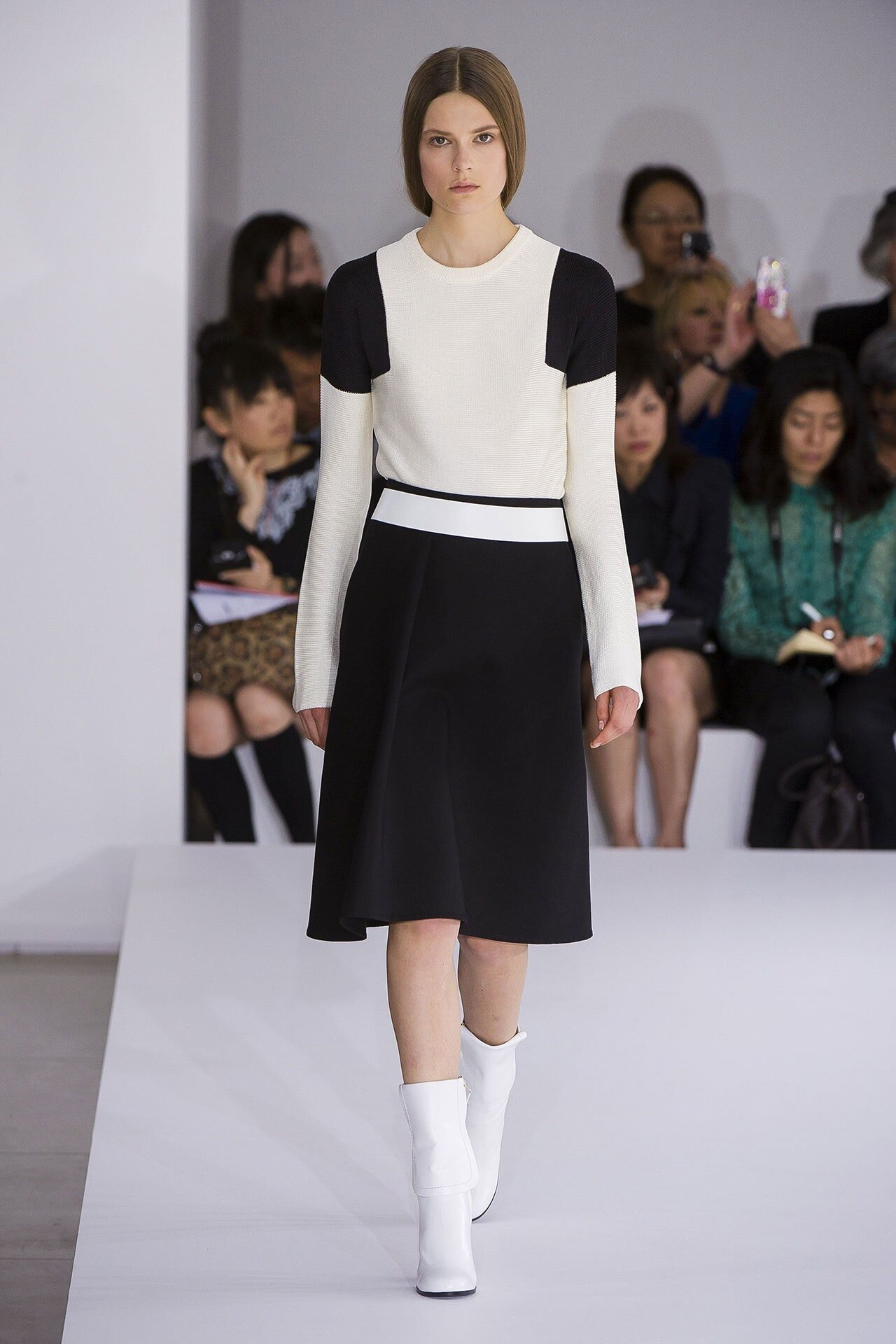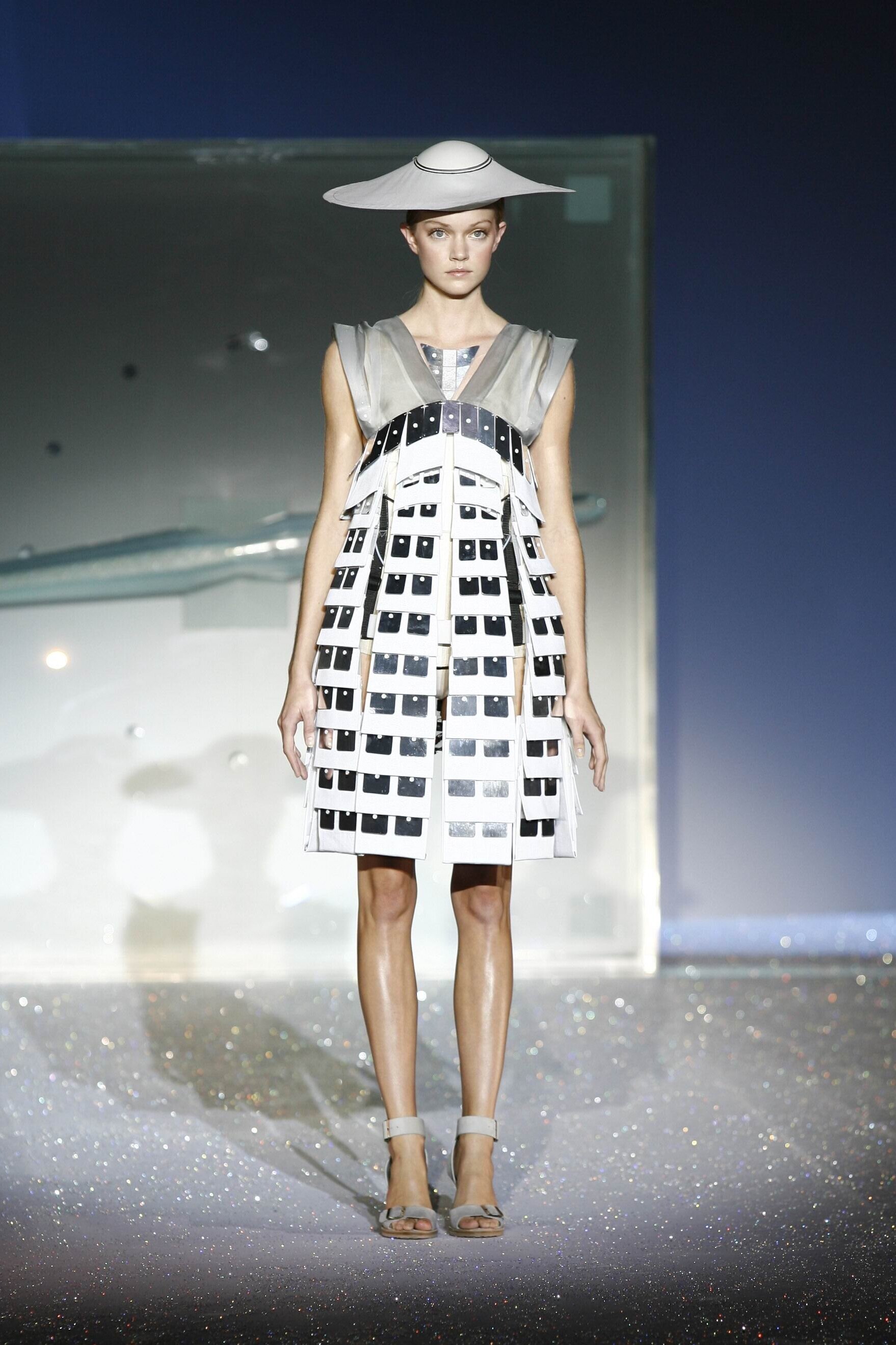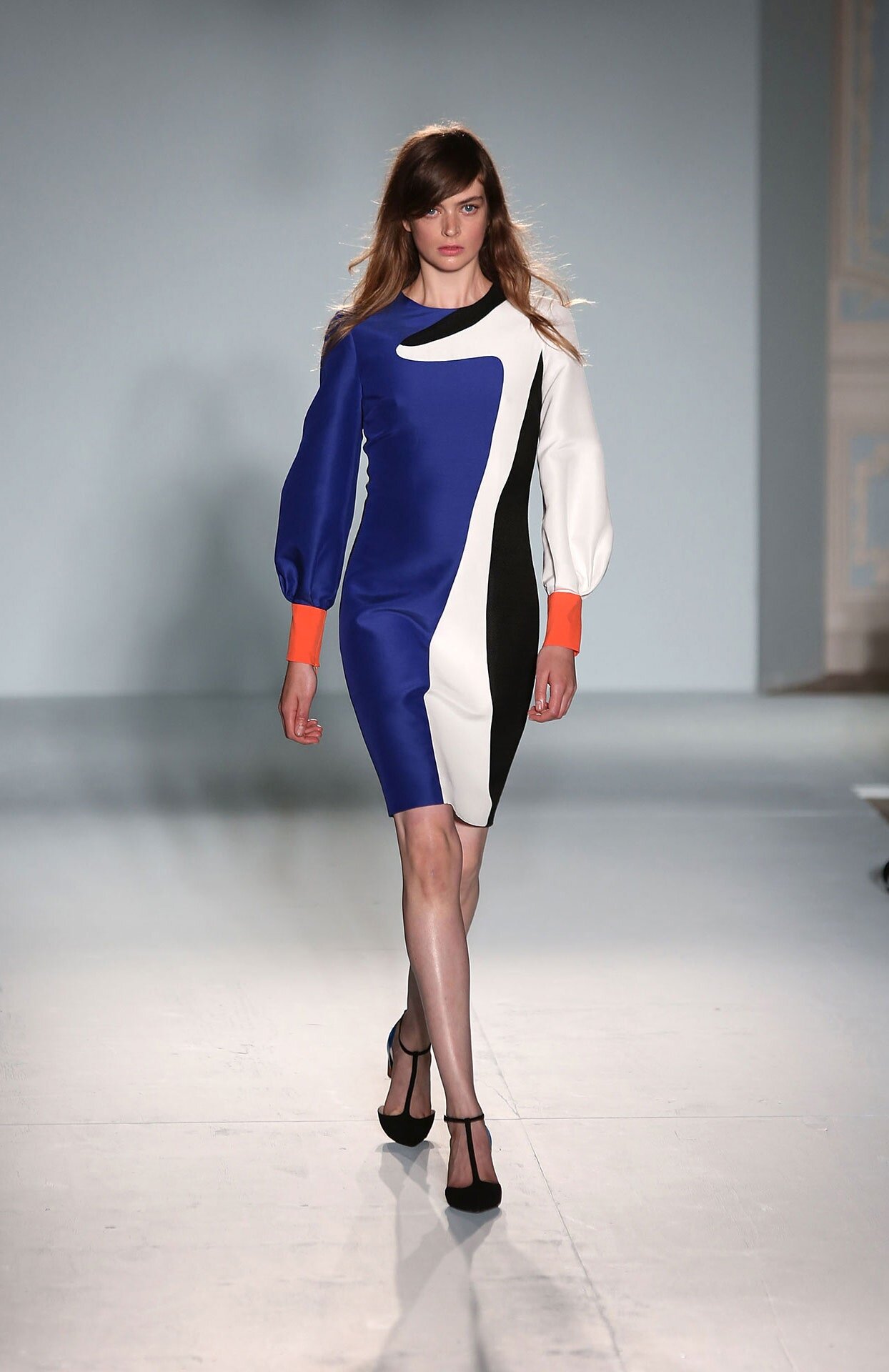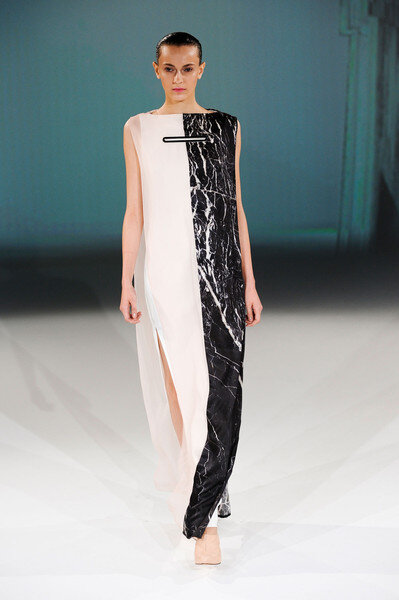The Hunger (1983) and the Bauhaus Movement
Ok, it’s October, and that means that it’s time for an obligatory spooky post.
I’m here to talk about the film The Hunger, from 1983. An erotic-horror film starring Catherine Deneuve, Susan Sarandon and David Bowie. It follows the centuries-old romance between Miriam (Deneuve) and John (Bowie), as it becomes affected by John’s battle with his mortality (as unlike pureblood Miriam, he’s a human-turned vampire). This leads to the introduction of Susan Sarandon’s character, and a slew of lesbian romances and brutal murder follows. It’s interesting to say the least.
Now I will be honest here, is the film good? Not really. It failed in the box office upon its release in 1986, but has grown to become a cult classic over the past 3 decades. It most loved aspect is the aesthetic, it’s combination of 80s cool, 40s noir and an underlying goth attitude. For what it lacks in depth, it makes up the visuals.
As much as I love a good vampire movie, I love The Hunger for its fashion and its visual style.
Director Tony Scott employs German Expressionism is this film, using deep shadows and high key lighting so create eye-catching contrast and invoking feelings of film noir. You can almost make a few connections between Blade Runner, which was released a year earlier by the directors brother, Ridley Scott.
A muted colour palette mixes with the bright red blood, with the relationship between the characters black & white clothing reference the stark lighting.
But anyways, the fashion.
The Hunger’s costumes were envisioned by Milena Canonero, with many of Miriam’s looks being created by Yves Saint Laurent. The quintessential 80s silhouette (padded shoulders & small waist) is explored through gothic influences; mixing leather, fishnets and sheer black fabric to create daring yet ‘professional’ suits. Canonero uses references to the 30s to capture Miriam’s immortal style, using finger-waved hair, silk garments & veils to add an elegant edge.
John (Bowie) combines gothic & new-wave 80s fashion in his style. His hair us sometimes styled to reference new-wave music icons, especially when paired with his round sunglasses. His clean & sharp double-breasted suiting, paired with leather coats and 40s film-noir inspired fedoras, combine yet contrast with Miriam’s femme fatale style.
As John begins to lose control of his mortality, his clothing shifts to a more ‘normal’ aesthetic, representing his shift to becoming like any other human being (you know, mortal and stuff).
Another big influence for this film is the Bauhaus movement. Bauhaus is an artistic movement originating in Germany in the early 20th century, and still influences contemporary art today. Known for its unique aesthetic, Bauhaus combines many artistic disciplines; architecture (both interior & exterior), fine art & crafts. Its aim is to “bring art back into contact with everyday life”, as it incorporates an emphasis on function and abstract shapes. It creation at the time as quite antithetical to the ornate aesthetic of the 1920s and 30s, contributing to the birth of modernism as we know it today.
Much like any other art moments, Bauhaus has filtered its way into fashion.
You’ve probably seen fashion inspired by Bauhaus without realising it. Garments utilising colour blocking, architectural and clean silhouettes and with focus on artistic principles are examples of Bauhaus fashion. It incorporates whimsical creativity with modern utility. Here are some examples; (Also Hussein Chalayan is a great example of a Bauhaus designer).
Just a casual get-together.
For The Hunger, the Bauhaus movement is mainly seen through the silhouettes and clear black & white colour blocking. The clean silhouettes of Miriam and John’s suiting create a form of art, blending sharp corners with the smooth curves of the characters bodies. Along the same lines, the colour blocking (between black & white satin, or between the white piping on a black gown for example) features the most basic principles of design. It highlights the figure of the character wearing the garment, for example highlighting the plunging necklines of Miriam’s dresses (referencing her femme fatale nature) or the the contrast between John’s white collared shirt and black suit jacket to reference his structured and guarded nature.
The work of Yves Saint Laurent is very Bauhaus in nature, as he tends to stick to simple yet bold silhouettes and simple colour palettes. His structured looks invokes a sense of architectural and artistic confidence. Compared to many other designers (take Versace and Dior for example), YSL keeps it simple, relying on the basic principles of design to create beautiful looks.
Look, to be honest, I’m not sure if this Bauhaus connection is intentional, but it’s certainly interesting to make the connection. And who doesn’t want to learn about art movements and their connection to fashion? The Hunger, whilst not the best film ever made, it addresses some of the most serious issues facing the human race; love, passion, fear & our own mortality. It captures a moment in time, yet seems to span decades of fashion, aesthetic and the human experience. And anyways, who doesn’t love David Bowie?
Without even relating to the Bauhaus movement, The Hunger has had a bigger influence on fashion than I initially thought. Alexander McQueen’s 1996 SS Ready-to-Wear was aptly named ‘The Hunger’, and the references to the film are hard to miss. The use of sheer fabrics to reference the sensuality of the film, as well as the visual use of sheer curtains in many scenes, the clean 80s inspired silhouette & suiting, even the use of blood stains and feline motifs to reference the instinctual nature of the characters experiences. It’s simple, raw, elegant and feminine, capturing many aspects of the original film while also keeping McQUeen’s signature edge. I’d also like to note that this collection contained a plastic corset/bustier filled with dirt & live worms (I still can’t get over how iconic that is, especially in the 90s!) Explore the collection here.













